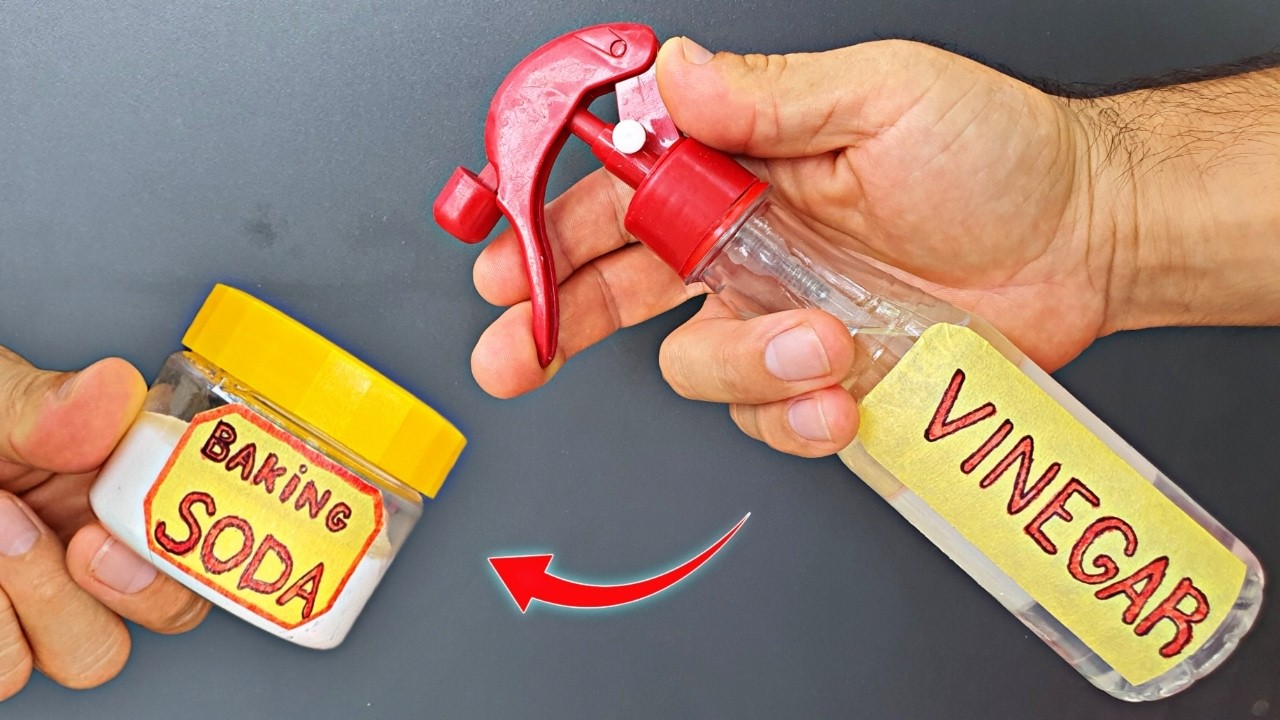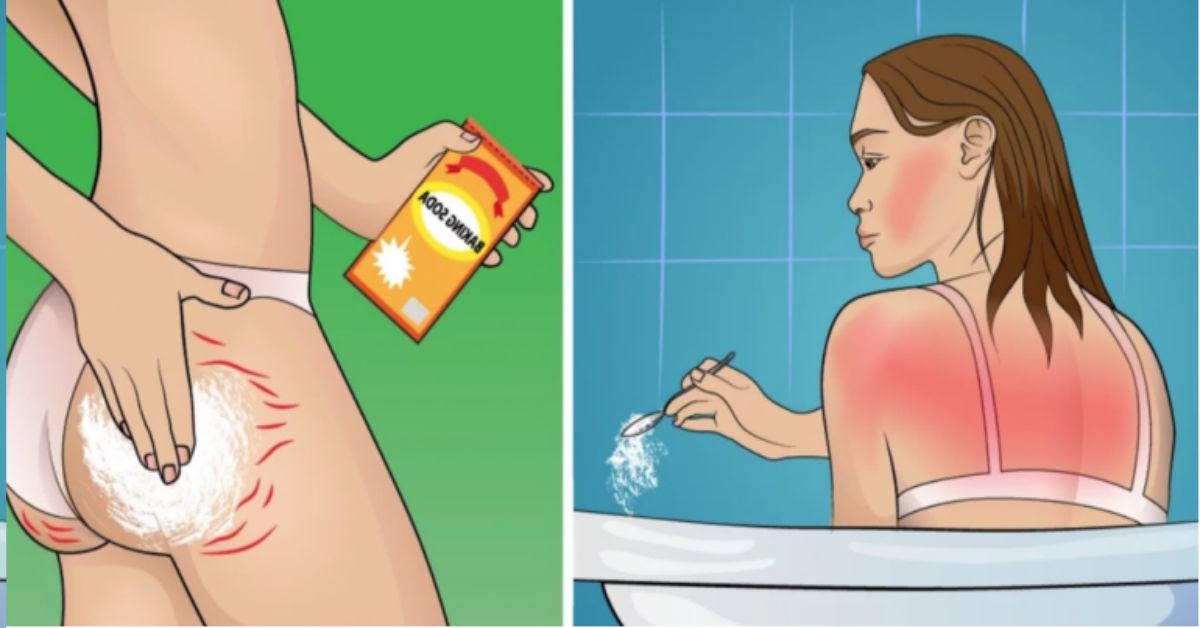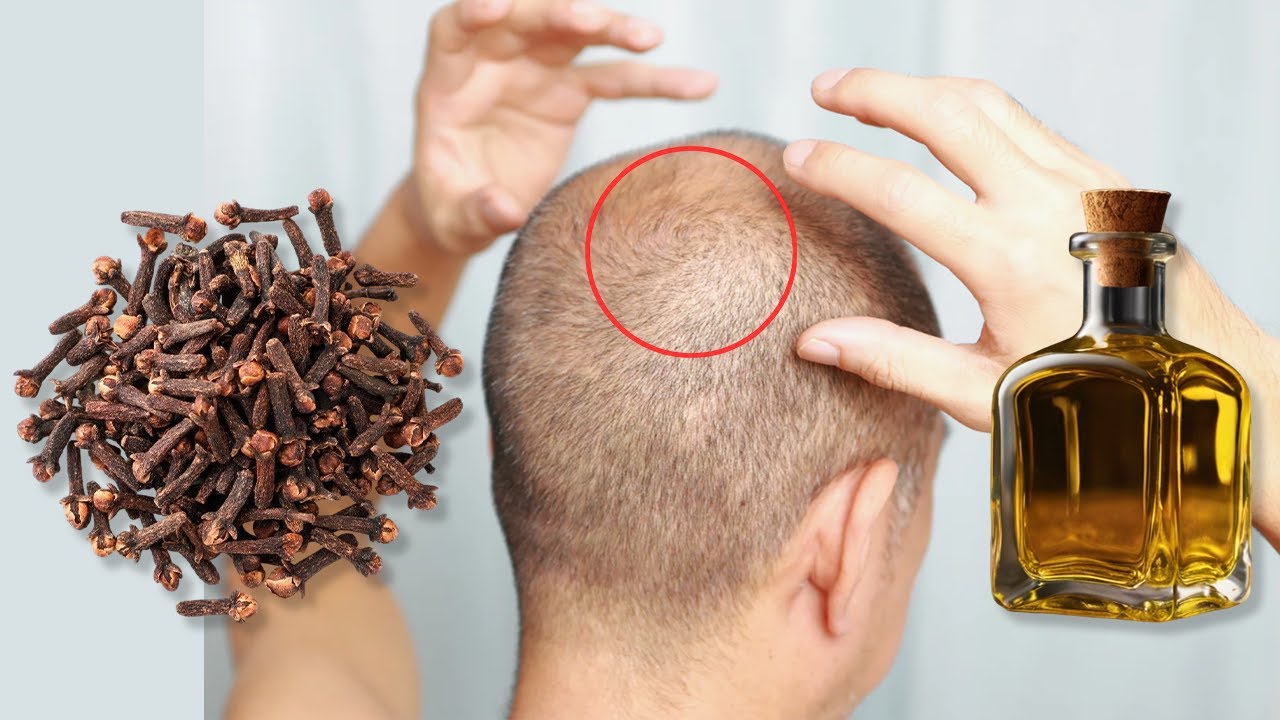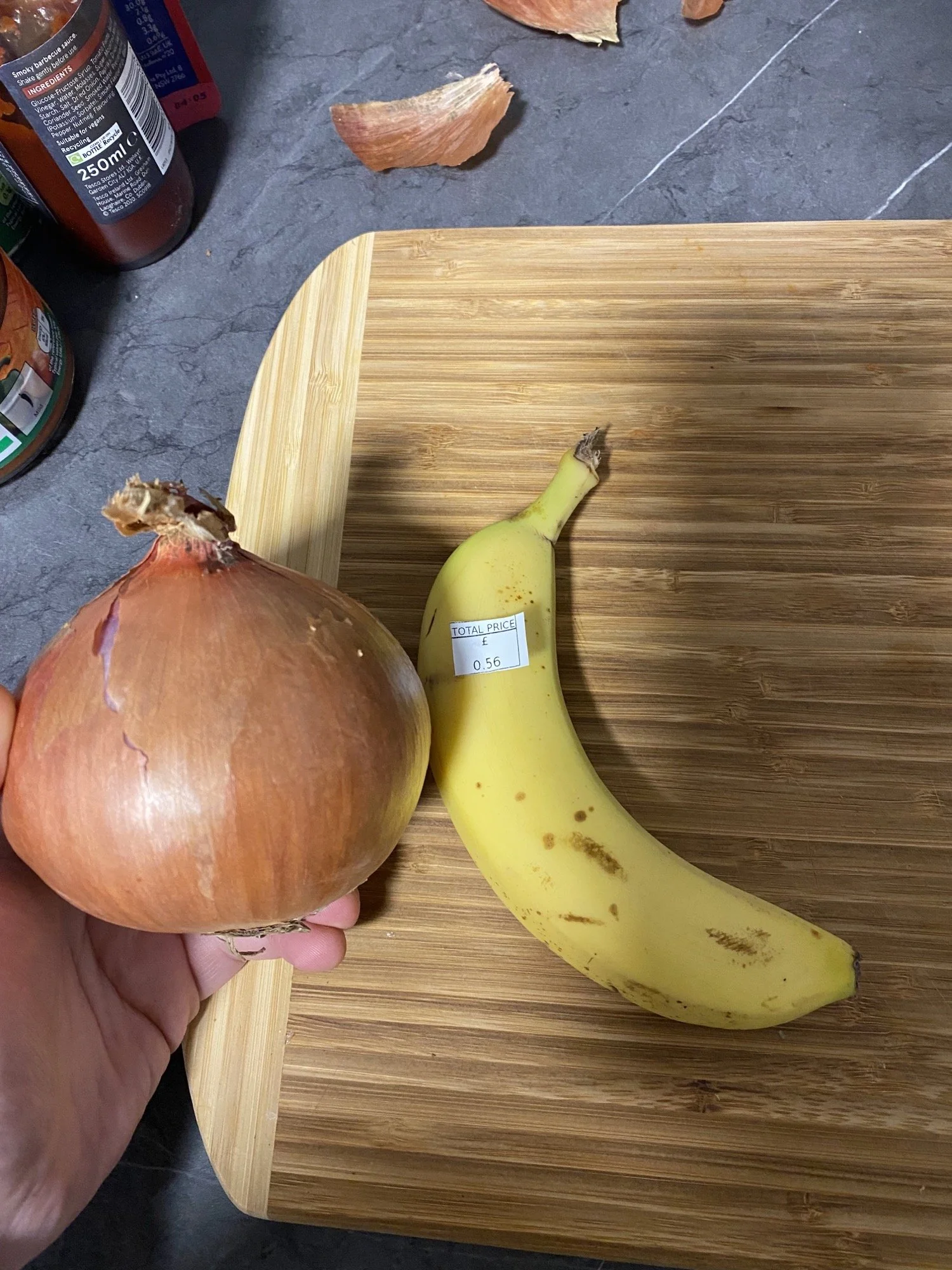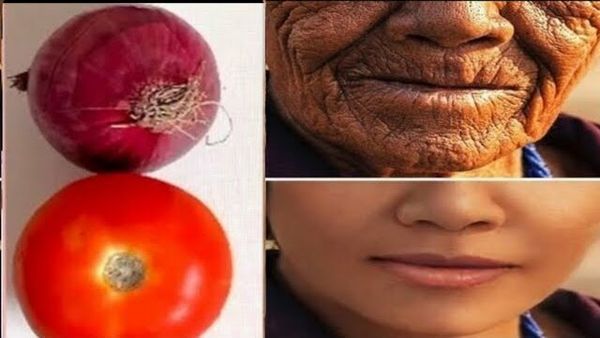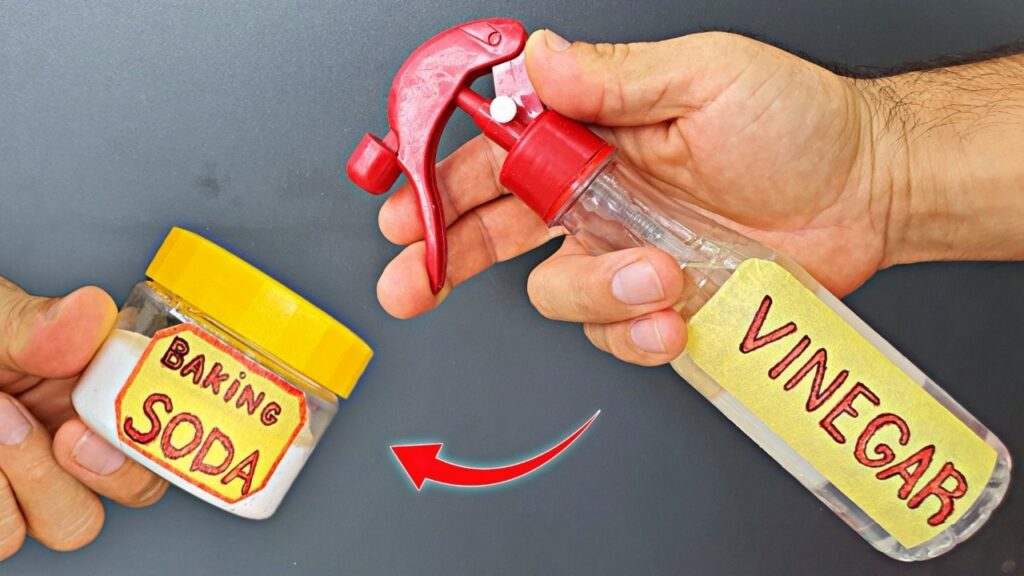
Mixing baking soda and vinegar is a classic science experiment that showcases a simple but dramatic chemical reaction. The result of combining these household items is not just fun to watch but also has various practical applications. Here’s what happens when you mix baking soda and vinegar, and why it might “blow your mind.”
The Science Behind the Reaction
When baking soda (sodium bicarbonate) and vinegar (acetic acid) are mixed, the two substances undergo a chemical reaction that produces carbon dioxide gas, water, and sodium acetate. Here’s the chemical equation for the reaction:
NaHCO3+CH3COOH→CO2+H2O+NaCH3COOtext{NaHCO}_3 + text{CH}_3text{COOH} rightarrow text{CO}_2 + text{H}_2text{O} + text{NaCH}_3text{COO}NaHCO3+CH3COOH→CO2+H2O+NaCH3COO
-
Carbon Dioxide (CO₂) Production: This is the most noticeable part of the reaction. The carbon dioxide gas forms bubbles and froth, which is why the mixture fizzes and bubbles vigorously.
-
Water (H₂O): Water is one of the byproducts, though it’s not visually noticeable in the reaction.
-
Sodium Acetate (NaCH₃COO): This is the remaining chemical compound after the reaction, but it usually goes unnoticed in the mixture.
Practical Applications
While the reaction is a popular demonstration in science classes, it also has several practical uses:
-
Volcano Experiment: This is one of the most common demonstrations for this reaction, where it’s used to simulate a volcanic eruption. The dramatic effusion of bubbles and foam mimics lava flowing down the sides of a volcano.
-
Natural Cleaning Agent: The fizzing action helps remove dirt and grime, making this mixture a good candidate for cleaning drains, ovens, and surfaces. It can loosen dirt and reduce odors without the harsh chemicals found in many commercial cleaning products.
-
Educational Tool: It’s a fantastic way to introduce children to chemical reactions and the properties of acids and bases, sparking an interest in chemistry.
-
Pest Control: The reaction can be used to create CO₂ traps for small insects. Insects are attracted to carbon dioxide, making this an effective way to lure and trap them.
Safety and Considerations
While mixing baking soda and vinegar is generally safe, there are a few things to keep in mind:
-
Pressure Build-Up: If the reaction is conducted in a closed container, the build-up of carbon dioxide can cause the container to burst. Always perform this reaction in an open or well-ventilated space.
-
Cleaning Use: While effective, the reaction’s effectiveness as a cleaner might be short-lived. The neutralization reaction quickly uses up the reactive agents, so for prolonged cleaning action, you might need to apply multiple batches.
Conclusion
Mixing baking soda and vinegar is a simple demonstration of a chemical reaction that not only provides educational entertainment but also has practical applications in everyday life. Whether for cleaning, teaching, or just having fun watching the fizz, this reaction is a straightforward yet fascinating scientific principle at work.
